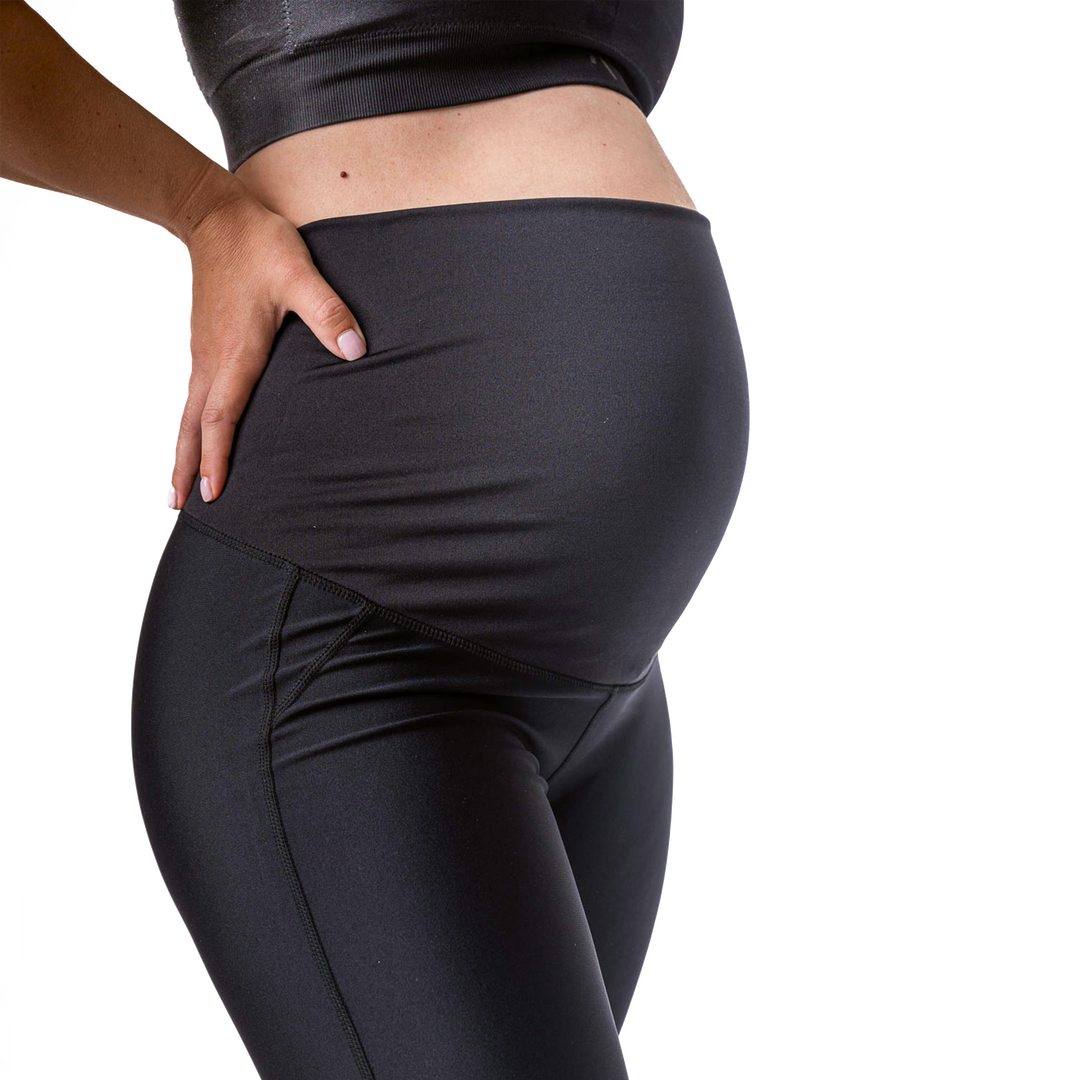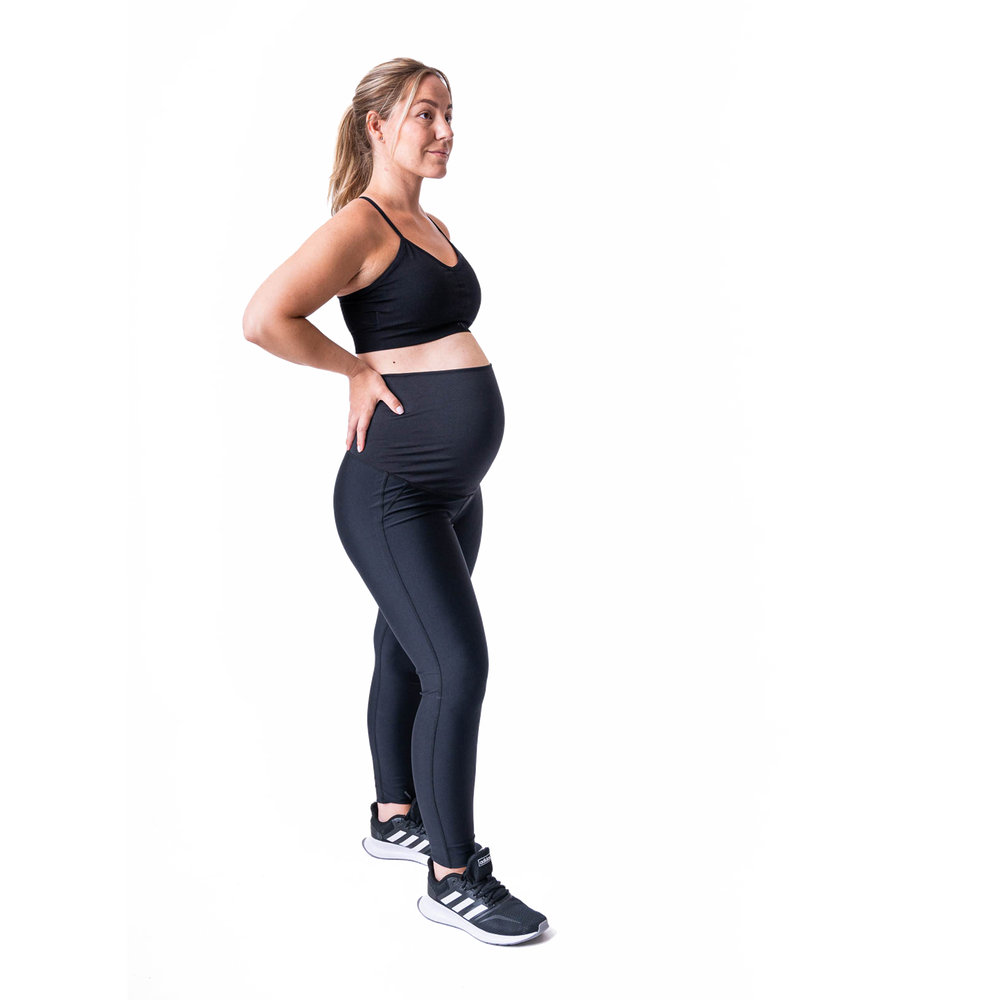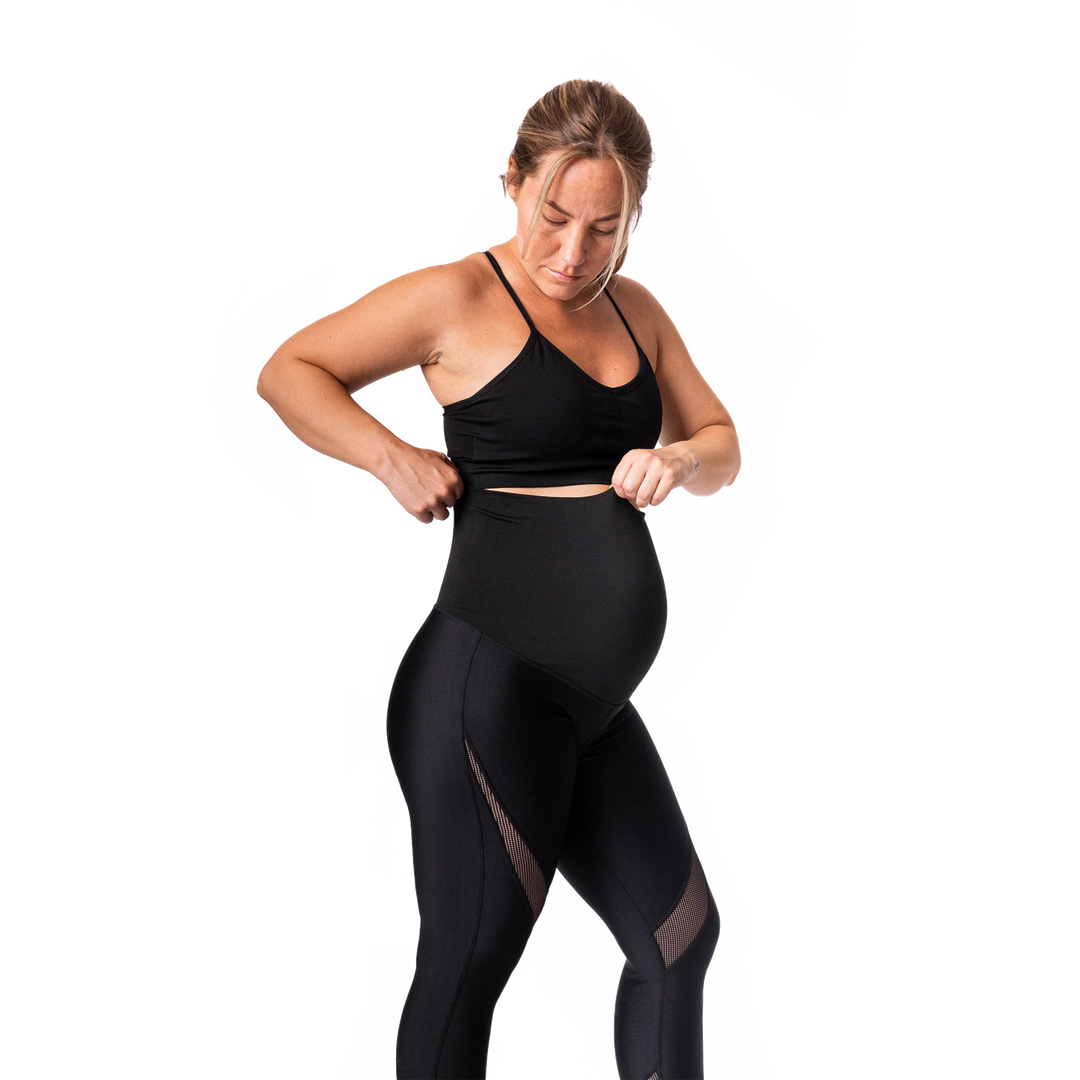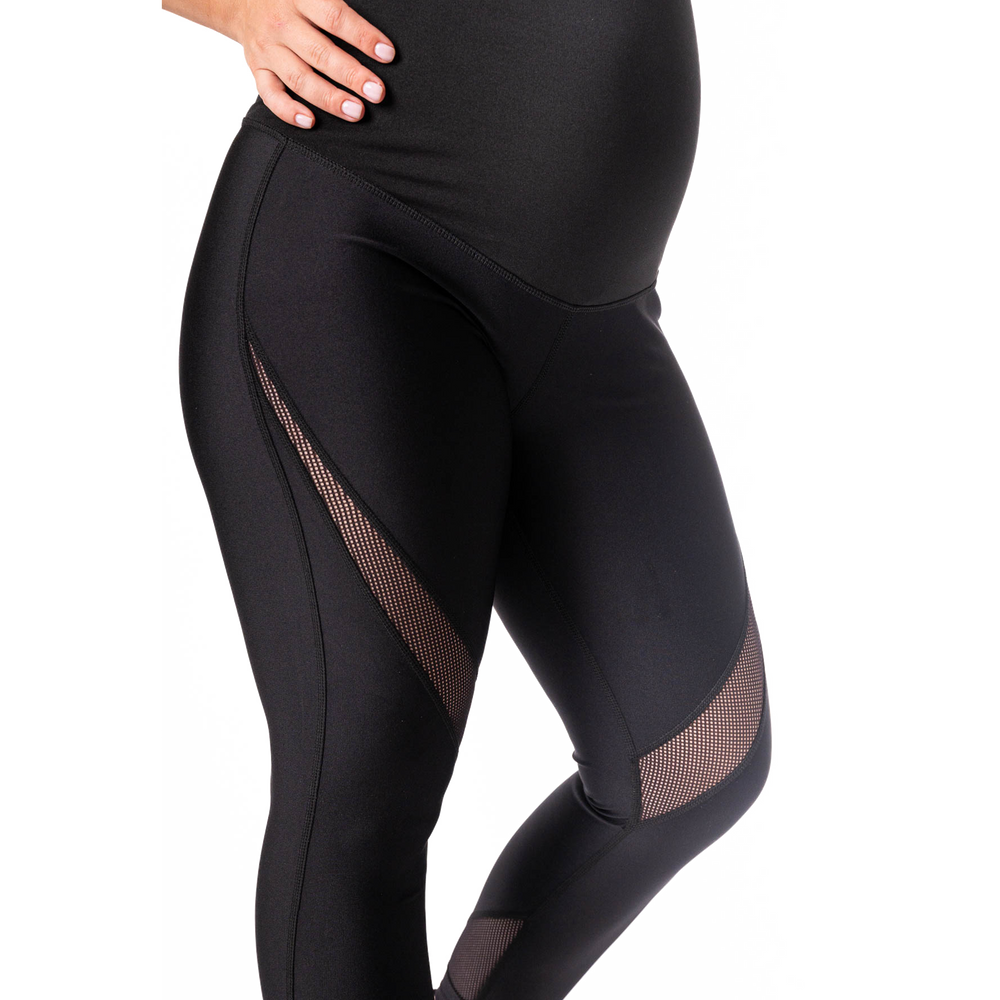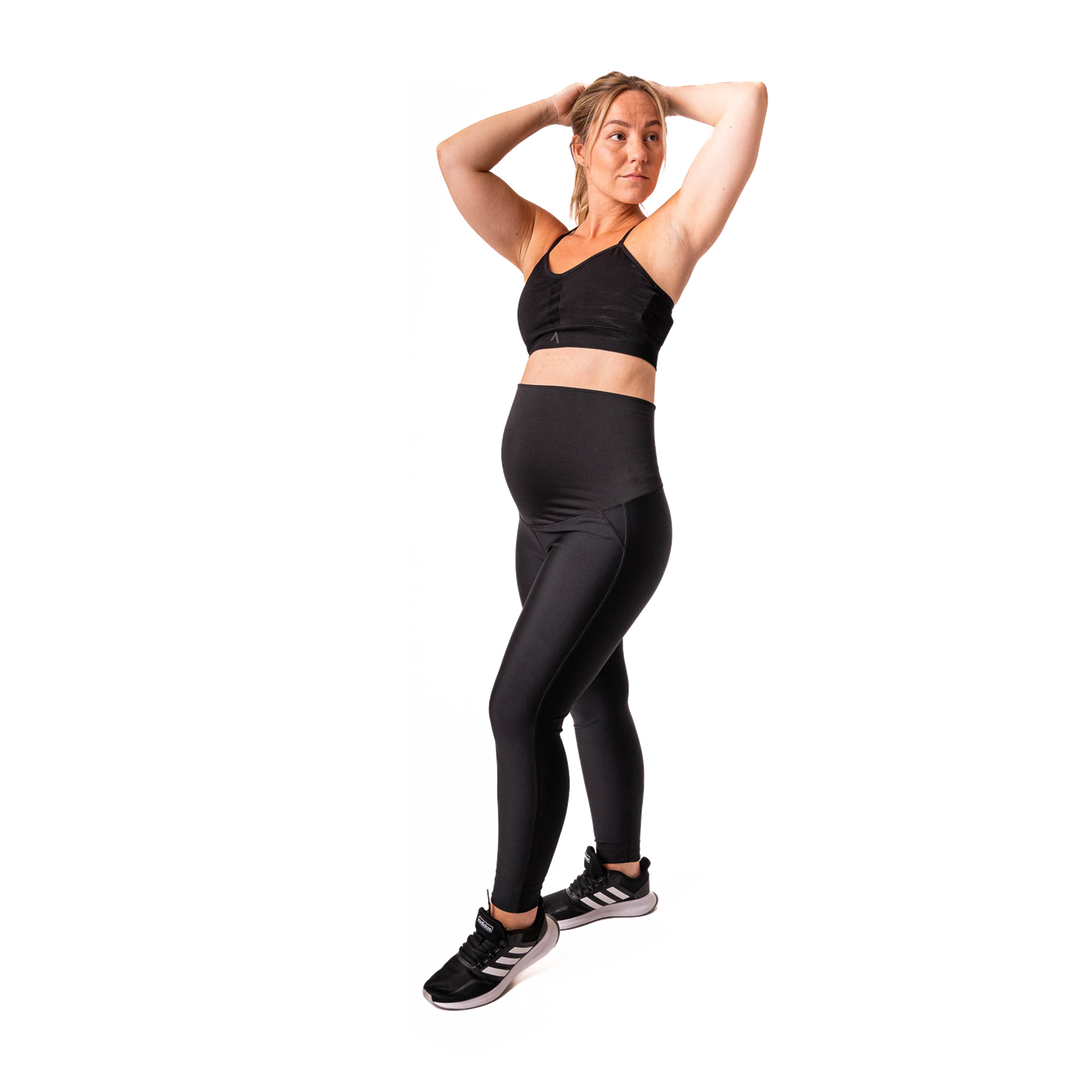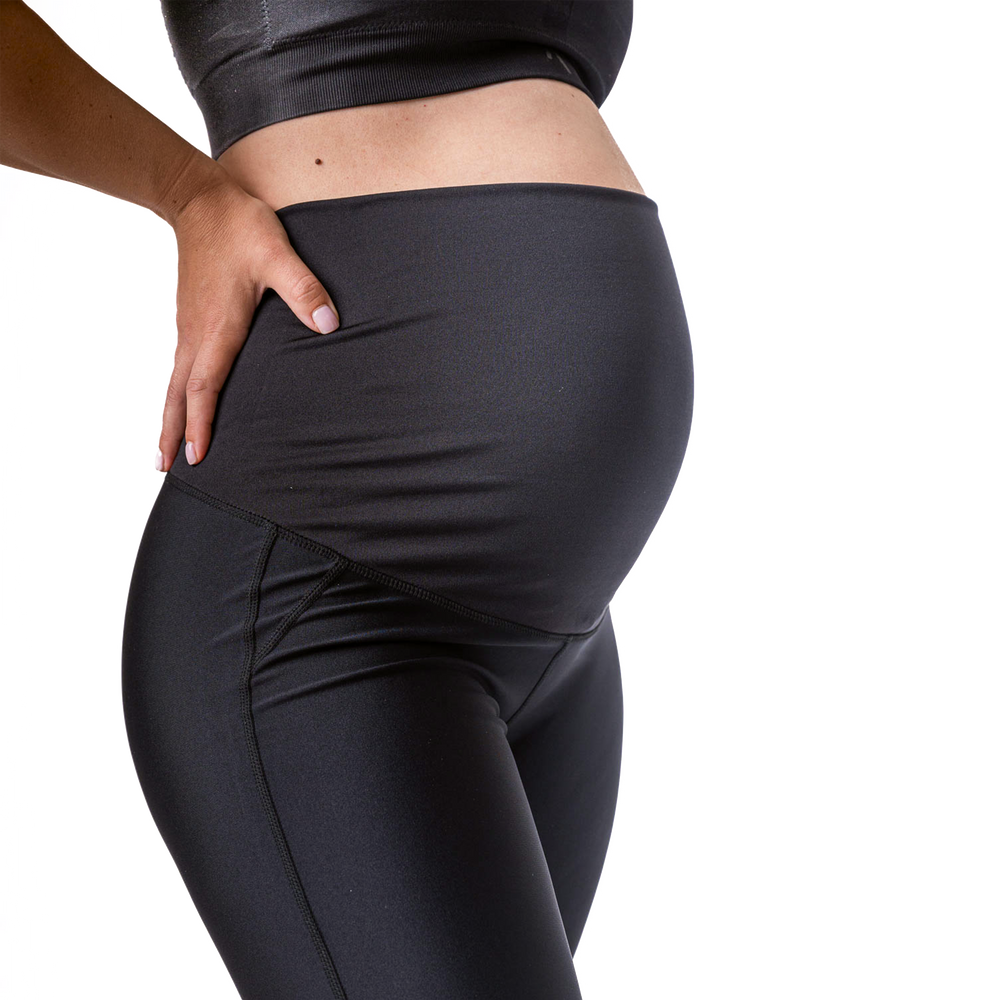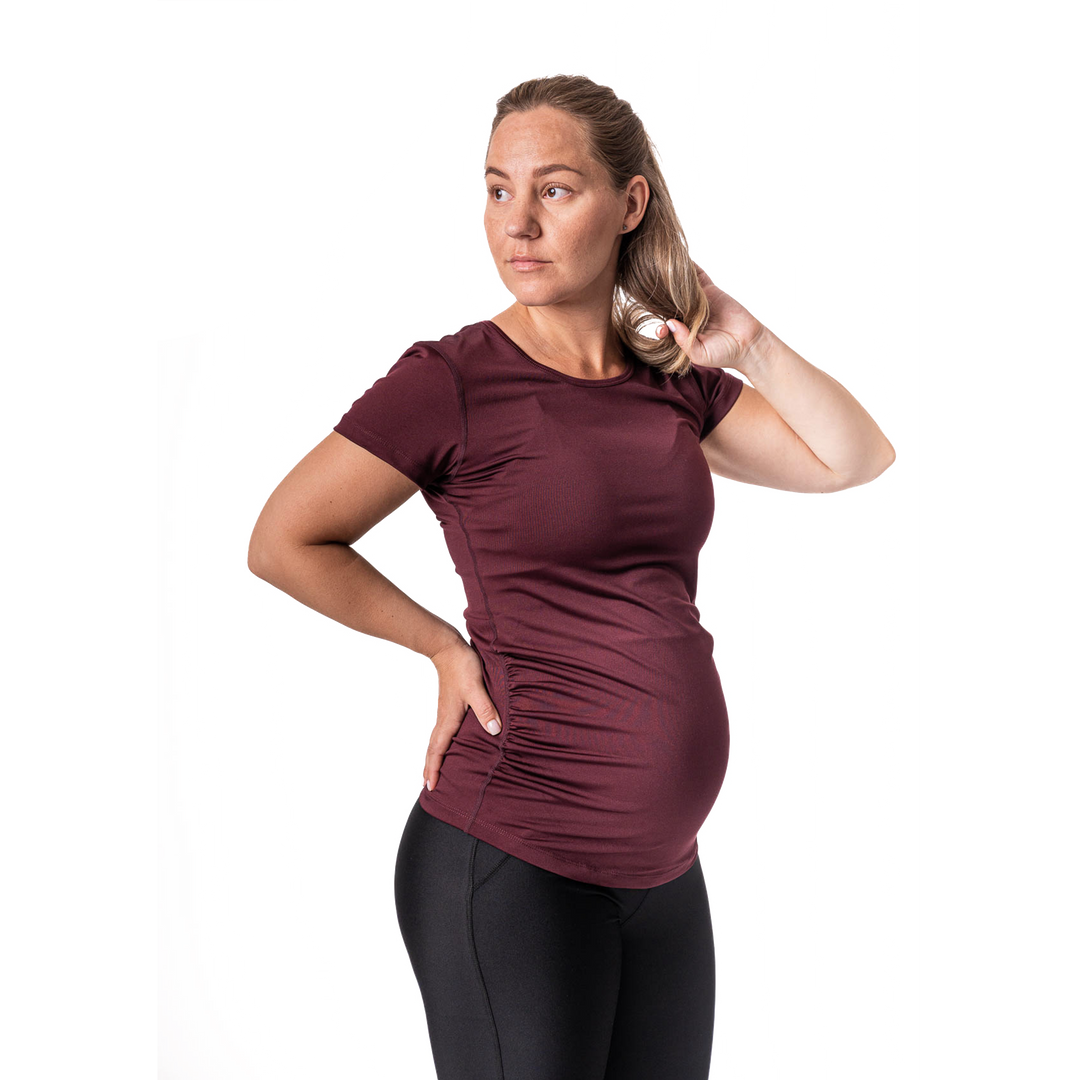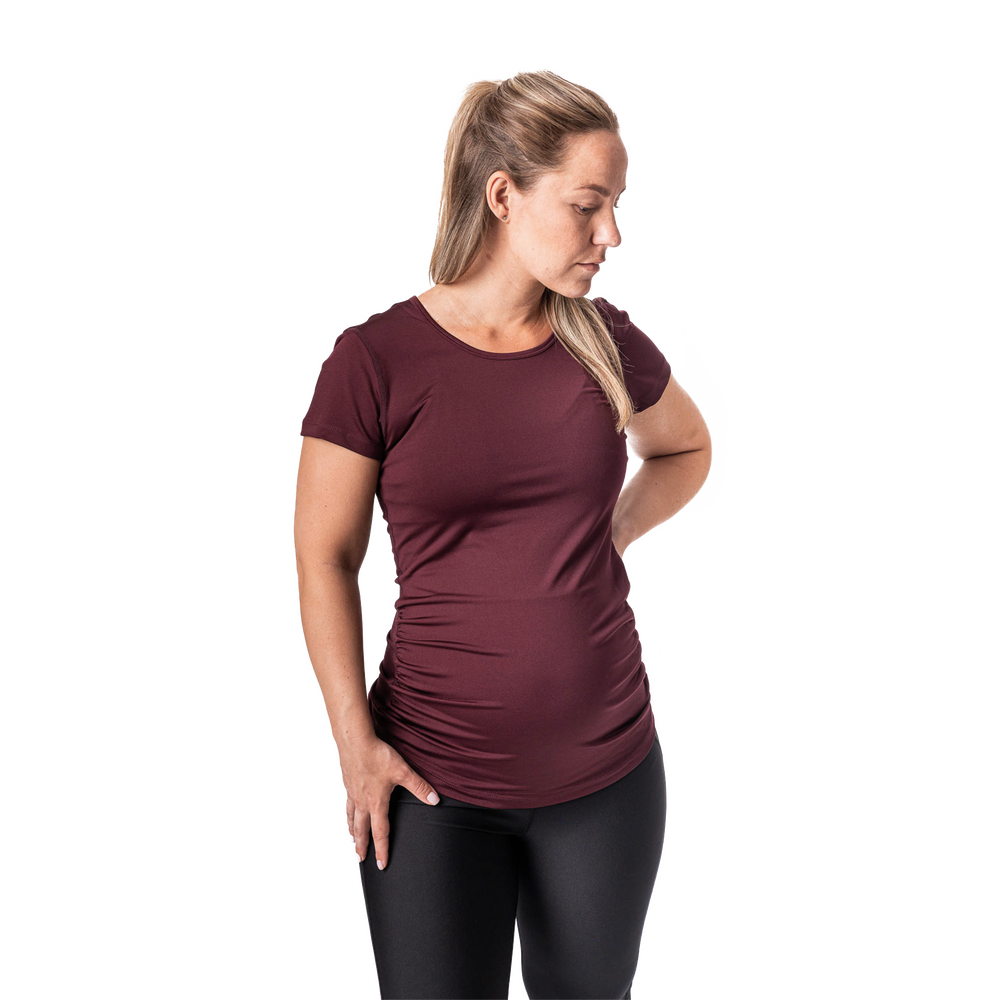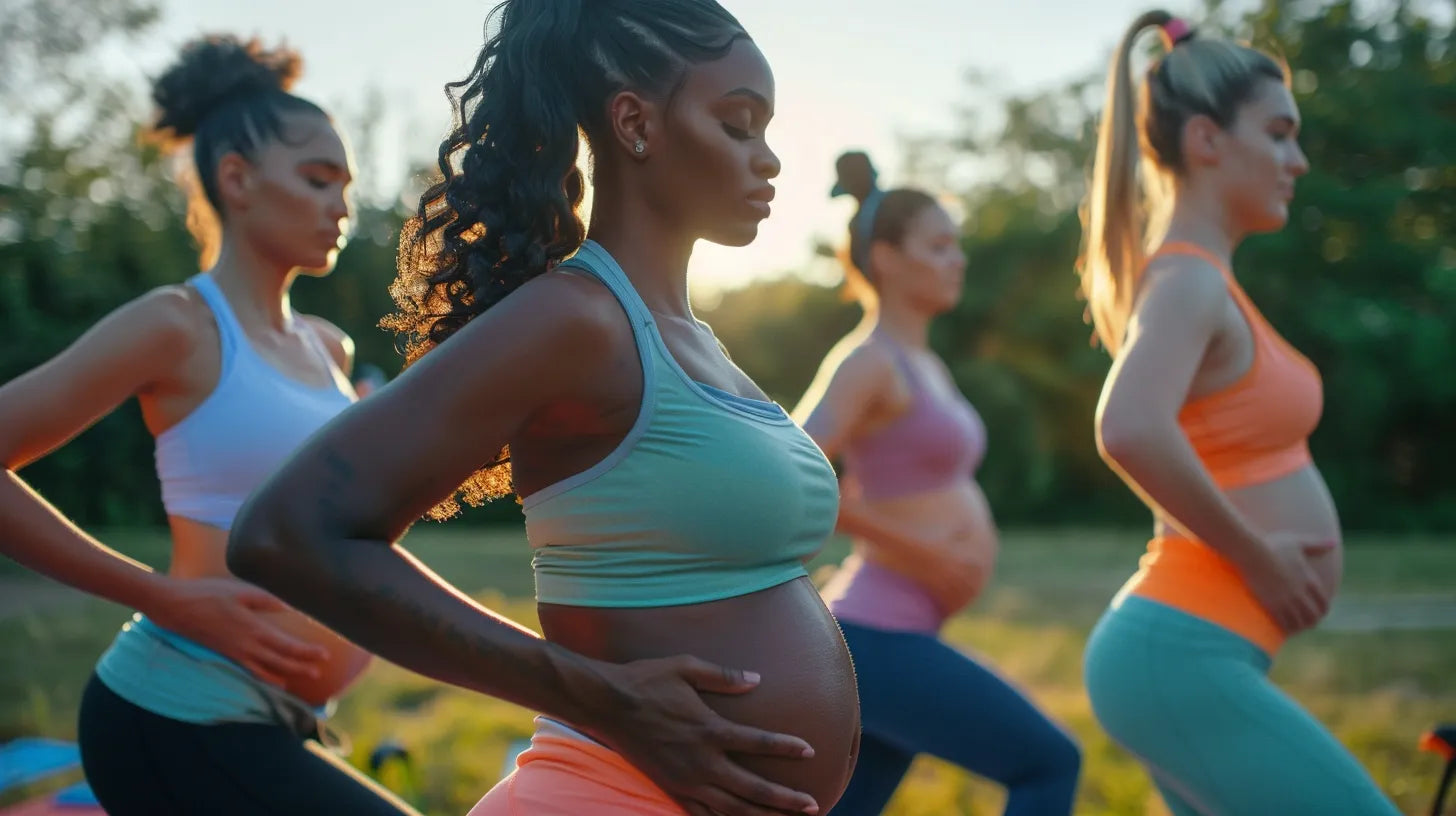
Postpartum Exercise: Step-by-Step Guide to Getting Back in Shape
Listen to Your Body and Go at Your Own Pace
After pregnancy and childbirth, your body has gone through significant changes. It's important to give yourself time to recover and not rush back into your previous exercise routine. Every woman is unique, and the recovery process looks different for everyone. Listen to your body's signals and gradually increase the intensity.
Generally, it's recommended to wait 6-8 weeks before starting to exercise again after an uncomplicated vaginal delivery. If you had a C-section or other complications, it may take longer. Always consult your midwife or doctor before starting to exercise.
Start with Pelvic Floor Exercises
The pelvic floor muscles are one of the muscle groups most affected during pregnancy and childbirth. A weakened pelvic floor can lead to problems such as urinary incontinence and pelvic pain. Therefore, it's wise to start your exercise routine by focusing on strengthening the pelvic floor.
Kegel exercises are an effective way to train the pelvic floor. Here's how to do them:
- Sit or lie comfortably with your legs apart
- Squeeze around the anus, vagina, and urethra as if you're trying to stop passing gas or urine
- Hold the squeeze for 5-10 seconds, then relax for 10 seconds
- Repeat 10 times, 3 sets per day
Practice pelvic floor exercises in different positions, such as sitting, standing, and lying down. Breathe calmly during the exercises and avoid tensing other muscles like your buttocks or abdomen.
Walks - A Perfect Start
Gentle walks are an excellent form of exercise in the early stages of your recovery. Walking gets your blood circulation going, strengthens your heart, and provides mental rejuvenation. Start with short walks close to home and gradually increase the distance as you feel stronger. Take your baby with you in a stroller or carrier for quality time together.
Listen to your body's signals and stop if you experience pain or discomfort. Drink plenty of water and take breaks as needed. Aim for 20-30 minutes of walking per day, spread out over multiple sessions if necessary.
Gradual Strength and Endurance Building
When you feel ready, you can start adding more challenging exercises to your routine. Focus on building core stability, strength, and endurance. Remember to gradually increase the intensity and give your body time to adapt.
Examples of good exercises:
- Plank - for core and back
- Hip raises - for glutes and hamstrings
- Lunges - for legs and buttocks
- Wall push-ups - for chest, shoulders, and arms
- Resistance band rows - for upper back and arms
Start with 10-15 repetitions of each exercise and gradually increase to 2-3 sets as you get stronger. Combine strength training with lighter cardio sessions like cycling, swimming, or jogging when your body is ready.
Exercising with Your Baby
Exercising with your baby can be fun and practical. There are many exercises you can do together with your little one, such as:
- Baby squats - hold your baby close and do squats
- Baby plank - have your baby under you while doing planks and give kisses in between
- Baby lifts - lie on your back with bent knees and lift your baby towards the ceiling
Remember to adapt the exercises to your baby's age and development. Safety and closeness are important. Exercise becomes a fun way to bond and strengthen your relationship.
Find Motivation and Joy
Finding motivation to exercise can be challenging when you have a little baby to take care of. Try to make exercise enjoyable and see it as a moment for yourself. Work out with a friend, listen to music or a podcast, or set small goals to work towards.
Be proud of your body and what it has accomplished. Focus on how exercise makes you feel, rather than how you look. Every workout is a win, regardless of length or intensity. By moving your body, you're investing in your health and well-being, which makes you a better mom.
Remember, recovery after childbirth is a journey, not a race. Take care of yourself, be kind to your body, and enjoy the progress you make along the way. With patience, self-care, and a touch of exercise joy, you'll find your way back to an active life!




